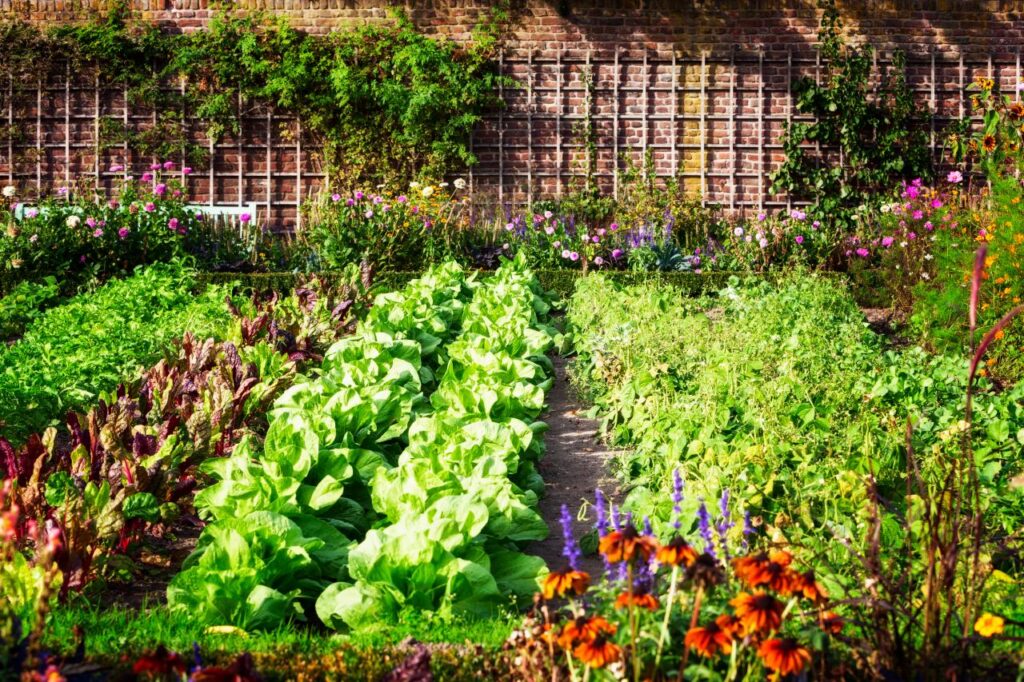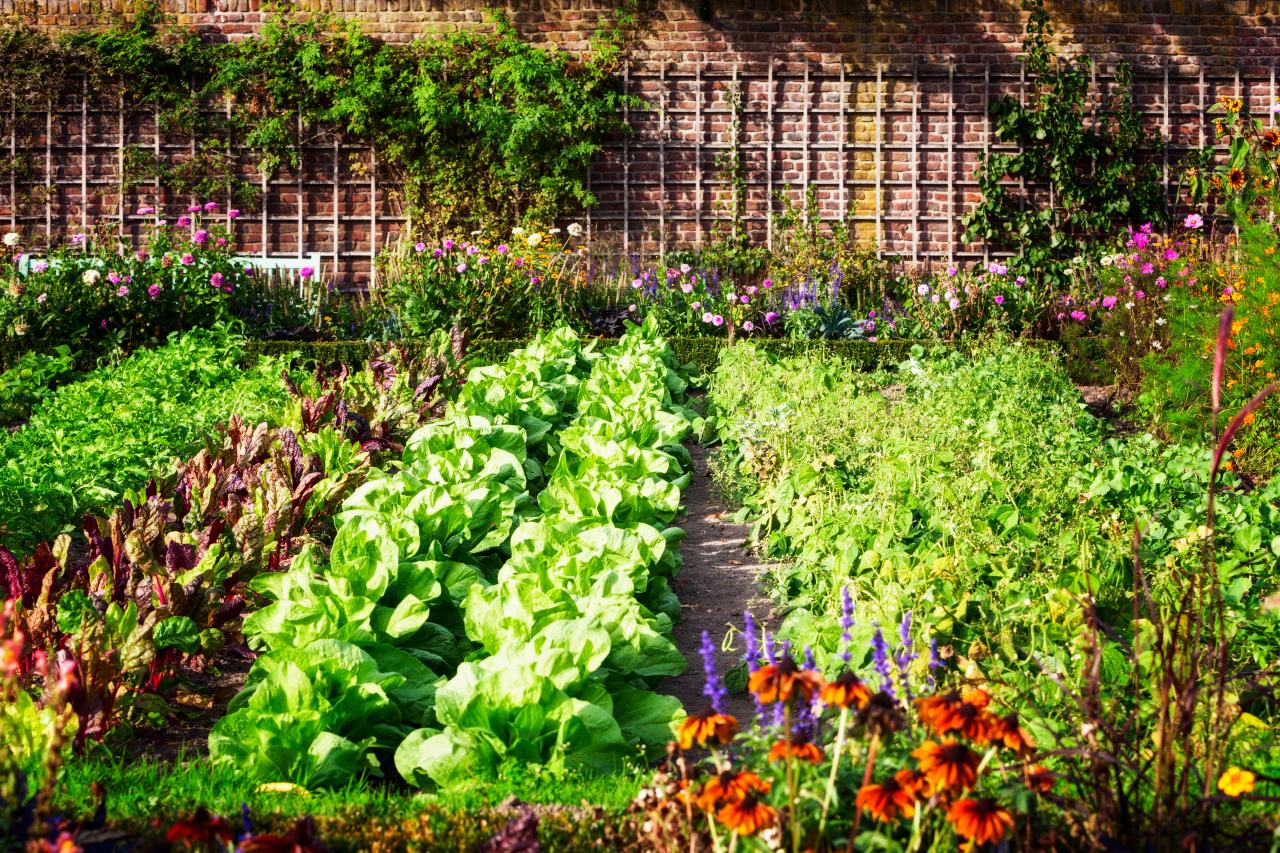
The month of February, you must first wait for the earth to dry out and for the soil to replenish before working it. A gardener does not do any good in soil that is too wet, especially if the soil is clayey .
Waiting for the return of better conditions
The opportunity is given to check the stock of seeds harvested last fall and to conduct some germination tests inside the house. The time to start sowing hot summer vegetables ( tomatoes , aubergines , peppers , peppers, etc.) is coming (around mid-February). But there’s no point in being in too much of a hurry. Take a look at the sowing calendar to get an idea.
As soon as more favorable conditions return, some seedlings can also be started in the vegetable garden. This is the case with spring vegetables which do not fear the cold and frost, such as beans or peas . In regions with mild winters, these two legumes are even sown in the fall. It’s still not too late this month to harvest in the spring.
Some plantations can also be carried out now: garlic , onion , shallot for example. These bulbs withstand low temperatures without any problem, but it is sometimes better to install them on a mound to save them from humidity.
Under chassis , it is possible to advance production and obtain early vegetables by sowing carrots , radishes , all spring salads , white onions, celery. With this type of covered sowing, it will just be necessary to insulate the frames from the cold at night and to ventilate them well during the day when the sun warms the interior.
How to remedy a really very cold earth?
Humidity and cold generally go hand in hand in the vegetable garden. A cold environment slows germination while excessive humidity is a source of disease. It is possible to artificially gain precious degrees in the vegetable garden by cultivating on mounds. Start by scratching the ground about ten centimeters to loosen it. Then bring back the earth to form a mound oriented preferably East-West. You will thus sow halfway up on the south face. The sun will warm your seedlings with its rays.
In addition to promoting the warming of the earth, as I said above, growing on mounds is also an excellent way to protect the roots from excessive humidity.

